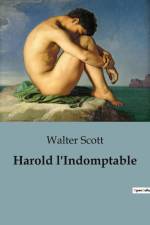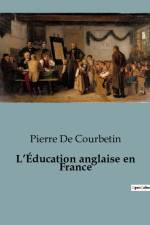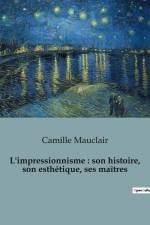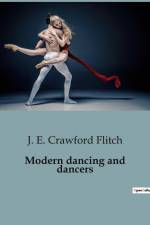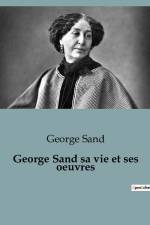av J. E. Crawford Flitch
335
First published in 1912, Crawford Flitch's seminal book takes as its text the transition in the theatre, in the late nineteenth century, from dance to spectacle, as producers responded to, and perhaps helped to shape, public taste, and the consequent decline of classical ballet. Flitch is sharply critical of this decline, but sees a light on the horizon in the shape of the arrival of Serge Diaghilev's Ballets Russes, whose dancers and early performances he discusses in some detail. The chapters are: The ancient and modern attitude towards the dance, The rise of the ballet, The heyday of the ballet, The Skirt dance, The Serpentine Dance, The high kickers, The revival of classical dancing, The Imperial Russian Ballet, The repertory of the Russian Ballet, The Russian dancers, The English Ballet, Oriental and Spanish dancing, The revival of the Morris Dance, and The future of the dance.Extrait : " It is not unlikely that when the art historian of the future comes to treat of the artistic activity of the first decade of the twentieth century, he will remark as one of its most notable accomplishments a renaissance of the art of the Dance. That this renaissance is an accomplished fact, is a matter of com- mon knowledge. Within a relatively short period there have appeared several great dancers, who must necessarily have been preparing them- selves for a considerable time previously to their appearance, yet as it were in secret, without cognisance of one another, with a common aim, but without a common plan. Contemporaries in time, they have been as far removed in space as the East is from the West. In all movements which touch the spirit, this circumstance of the simultaneous but independent manifestation of a common impulse is at once the most general and the most unaccountable. The still small voice whispers into space and those of a delicate hearing hear and respond. We content ourselves by repeating the explanation, which is no explanation, that the movement is ¿in the air.¿



